If you want to grow the healthiest food in the world and have access to food all year long, you must check out these amazing tips on gardening for self-sufficiency!
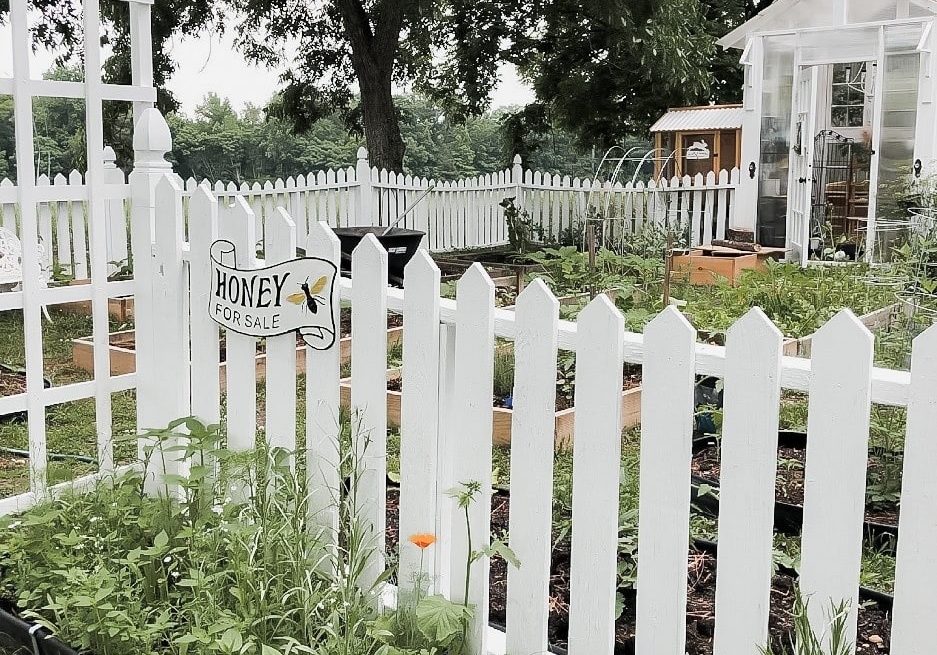
This post may contain affiliate links, which means I can receive a commission from any purchase made from the links. As an Amazon Associate, I earn from qualifying purchases. See the disclosure policy here.
I am showing you how to supercharge your garden with this list of things to do! I have found that all sustainable homesteads and permaculture food forests comprise these five elements to produce food year-round. Learn more about gardening for self-sufficiency!
This post is all about gardening for self-sufficiency.
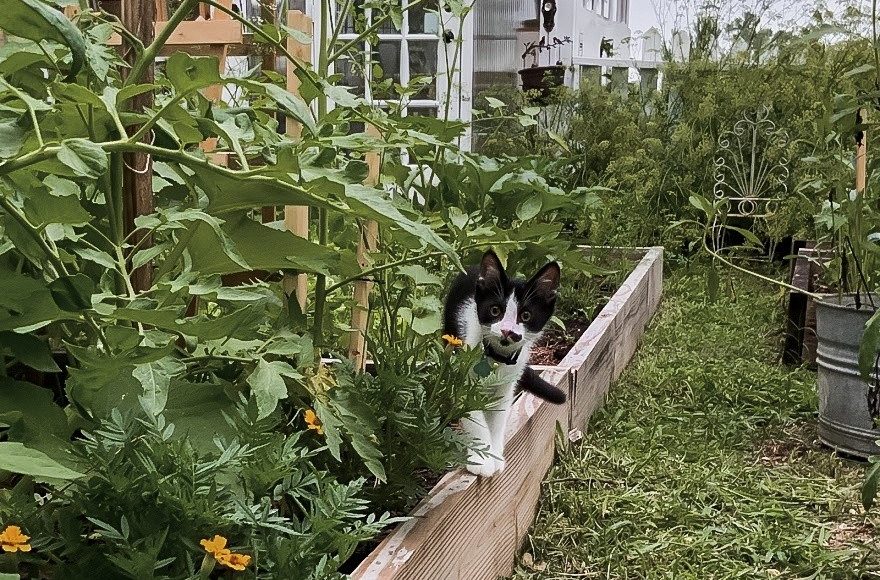
Self-Sufficient Living: Tips for Thriving Independently
Our garden journey started with a small 200-square-foot plot (zone 8a). We now have a permanent vegetable garden that measures 1000 square feet.
We will eventually grow food on a total of 1/3 acre. That is not much space at all! This is a pretty small-scale “farm!”
As much as I enjoy gardening, I think learning how to make every system as low-maintenance and self-sustaining as possible is important. Gardening can be labor-intensive.
I don’t mind a good workout now and then, but if you are busy, the less work you have to do will help in the long run.
#1 The Polyculture Gardening Method
Polyculture gardening creates a healthy, balanced ecosystem of soil-enriching plants, plants that bring in necessary and beneficial insects, and plants that ward off unwanted pests.
This symbiotic gardening method is the most natural way to create organic herbs, fruits, and vegetables.
You choose plants that work well together. With the polyculture method, you plant species that benefit one another instead of rows of single plants (monoculture).
By choosing plants that benefit each other in the garden, you can create a natural ecosystem that makes your work easier! This is the first step to gardening for self-sufficiency.
This gardening method helps build the soil with nutrients, improve plant growth, and ensure plants get the nutrients they need naturally.
Polyculture gardens need less amending with fertilizers. Therefore, you will save time and money.
Implement this gardening method, and you will see fewer pests. No need for pest control!
Combine perennial herbs and greens with annual vegetable plants for a beautiful and easy way to begin working with the polyculture method.
Sit back and watch your harvest yields grow in less space and fewer plants!
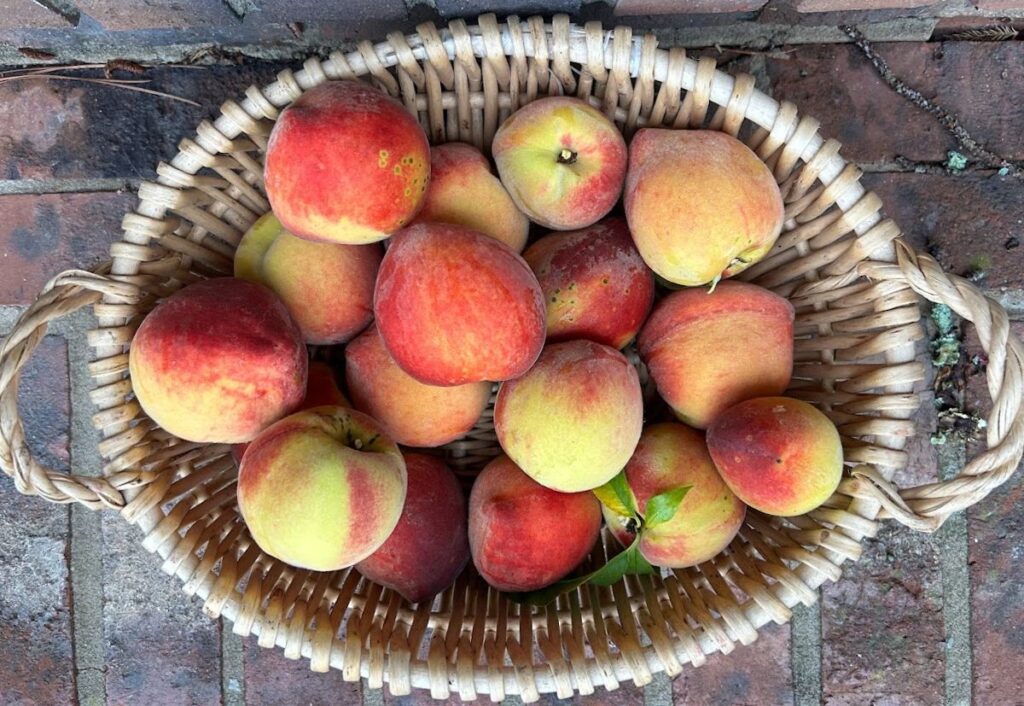
#2 Plant Fruits and Nuts for a Self-sufficient Backyard
If you have the space, you must invest in fruit and nut trees! Get those trees and bushes established as soon as possible. Your future self will thank you!
Choose varieties that are adapted to your growing zone. I recommend shopping at a local nursery instead of ordering online.
The nursery expert will know which plants are tried and true in your area. An adapted plant is a smart investment and will be more resistant to pests.
In preparation, establishing your fruit and nut trees can be expensive, and the last thing you want is to watch all that hard work and money go to waste with struggling plants.
Blueberry bushes make a beautiful barrier or backdrop in your landscape and get along well with pine trees. Strawberries can be planted with asparagus to make for tons of produce with little effort.
Did I mention they come back year after year?!
A Self-sufficient Garden needs Superfoods!
Other permanent fruit bushes, vines, and trees to consider are grapes and muscadines, raspberries, blackberries, currants, honeyberries, gooseberries, Aronia berries, kiwi vine, and pomegranates.
Many types of grapes and berries are to be grown in various zones. The darker the berry, the healthier it is! It is like growing multivitamins in your backyard, but better!
Permanent and perennial plants and trees are ideal for gardening for self-sufficiency.
Common fruits like apples, cherries, peaches, and plums have miniature varieties and can be grown in smaller spaces. If you have a small space like a patio garden, you can learn pruning tricks to cultivate these trees in even the smallest spaces.
Nut trees take up much more space, but the investment pays off significantly!
Did you know pecan trees are the only true native nut tree in the United States? Pecan and walnut trees are southern favorites.
Try almond trees, hazelnuts or filberts, and pistachios, depending on your zone!
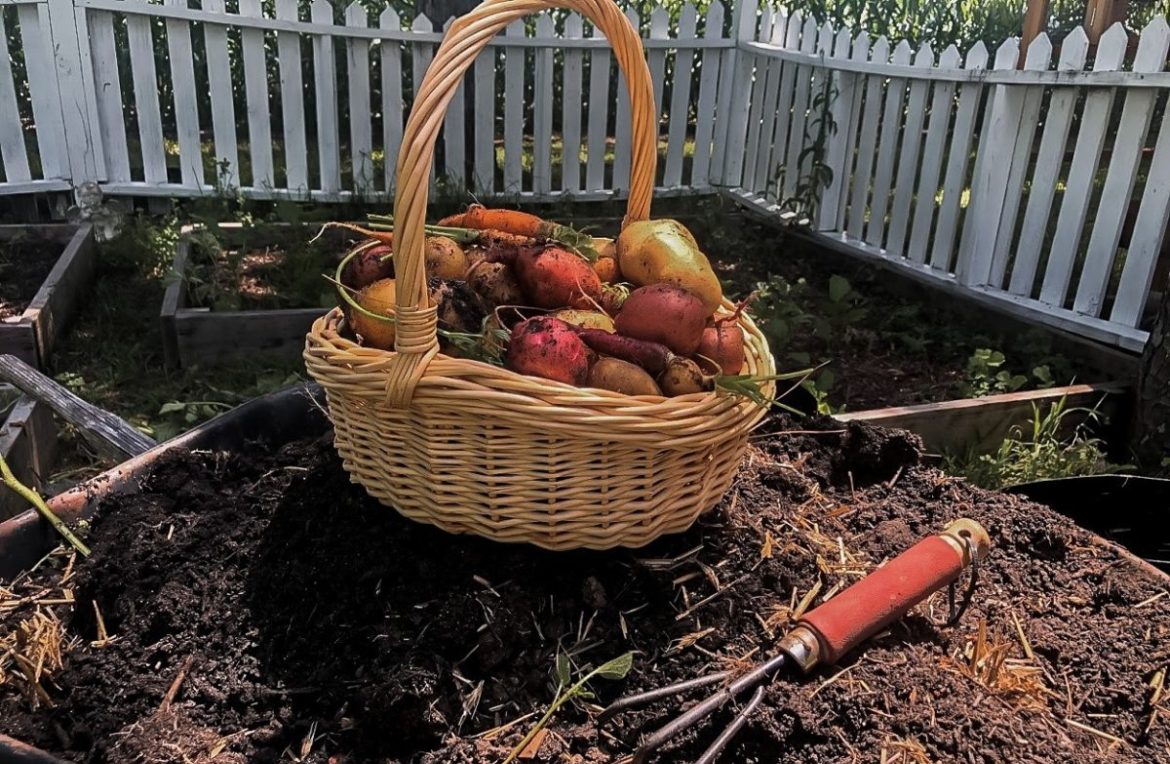
#3 High-Calorie Crops Are Important to Self-sufficient Gardening
Besides fruit and nuts, which are ideally low-maintenance once established, focus your energy on farming foods that will produce the most energy in the form of calories!
Gardening for sustainability with foods with a high caloric density should be on your priority list. What better way to get the most reward out of your efforts?
Potatoes and sweet potatoes are essential and highly productive. They are easy to grow and adapt to many growing conditions. For example, you can grow them in containers and good-quality grow bags.
Potatoes are one of the most pesticide-laden crops, and growing them on your own is important. They store well and taste amazing.
Parsnips and carrots provide an excellent source of calories per pound—plant varieties of multi-colored carrots also get the most phytonutrients.
Root Vegetables are Full of Calories!
Jerusalem artichokes are a common staple to replace potatoes with low-glycemic, nutritious treats. They grow fast, produce beautiful yellow flowers, and are very prolific.
The best thing about Jerusalem artichokes is that they come back every year. Be careful to plant these in a contained bed because they will take over your garden!
Beans and grains such as corn, quinoa, lentils, buckwheat, amaranth, dragon tongue beans, sorghum, and rice are some of the most calorie-rich foods you can grow.
If you have the space, these can be interplanted in the garden or grown in larger quantities. Gardening for self-sufficiency doesn’t depend on farming massive crops.
You can work on a smaller scale and still make a huge difference!
Last but not least, heirloom sunflower seeds! What a tasty, nutritious treat at the end of a beautiful show of flowers throughout the growing season. You can’t beat that!
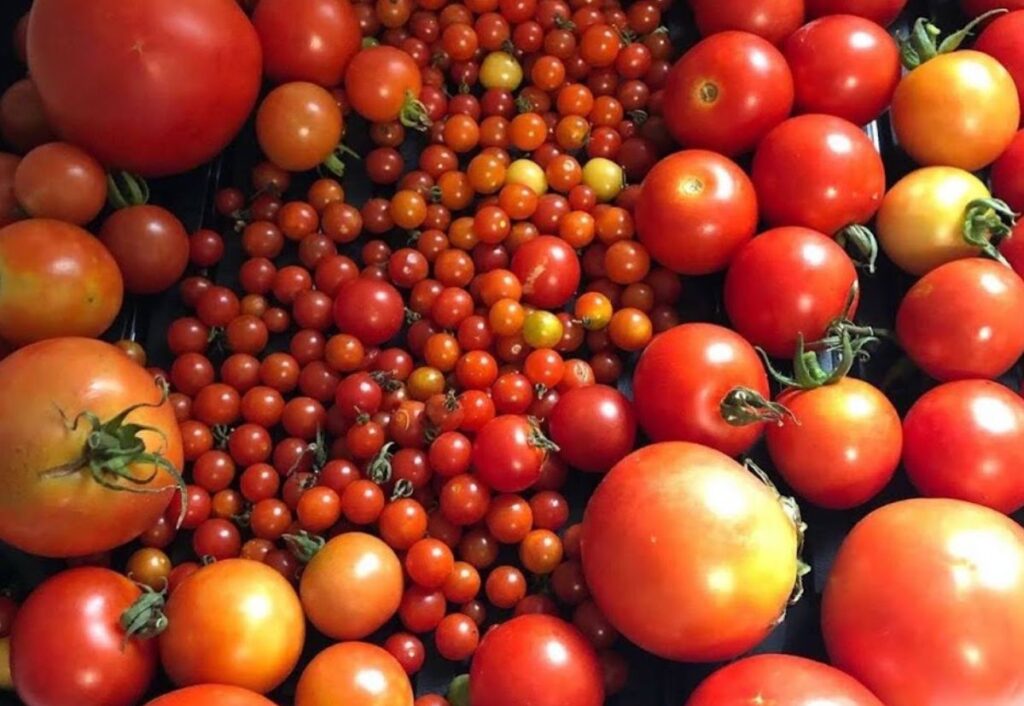
#4 Grow Staple Foods in a Self-Sufficient Garden
Beans and grains are often considered staple foods in our culture, but you need the space to grow them if you want to grow enough to feed your family for the year.
Tomatoes and peppers are more essential foods to grow yourself. It is common to have one or two weekly tomato-based meals around here.
Plant as many as possible in your space and preserve them for the rest of the year. For instance, you can make canned tomatoes in many of your favorite ways: crushed, diced, or in a paste.
Peppers and salsas are wonderful canned. Try this recipe the next time you are ready to preserve your peppers and tomatoes.
The ability to open a fresh jar of tomatoes the next time a recipe calls for them and taste them just like summer is the best feeling in the world!
More importantly, you know exactly where it came from and how it was grown. No waste was generated, and there was no carbon footprint from logistics, either.
Win-Win! It feels so good to be gardening for self-sufficiency!
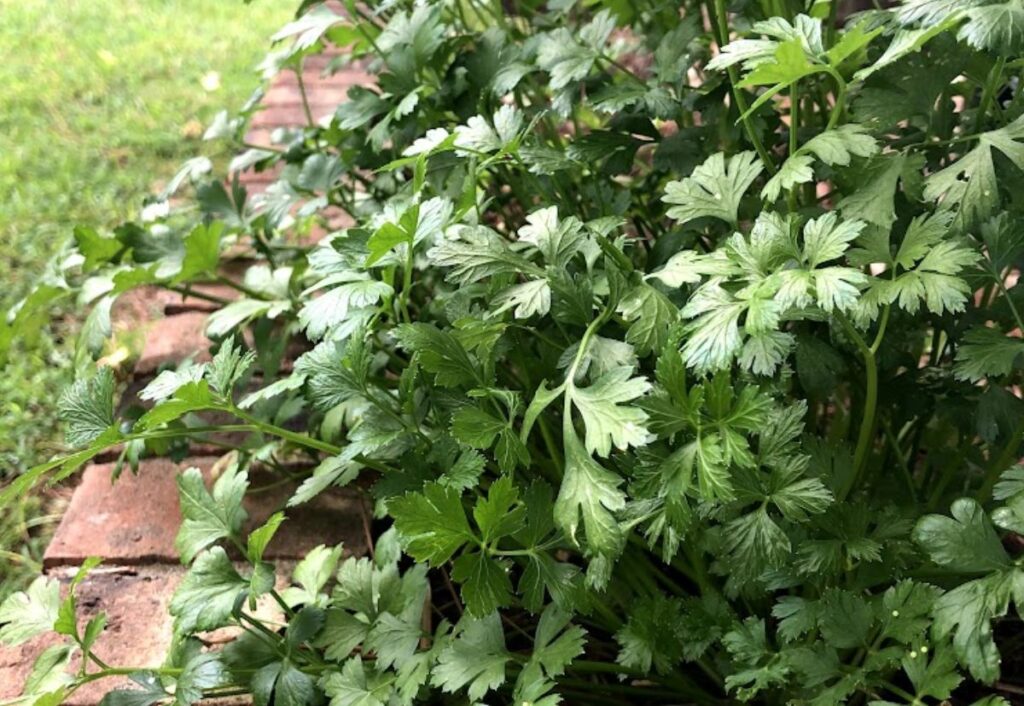
#5 Create a Perpetual Kitchen Garden
A perpetual kitchen garden is the solution to fresh, convenient ingredients whenever needed. Put containers on the porch or a plot as close to your kitchen door as possible. You could even do a windowsill garden!
Here, plant all the herbs you use daily. Be sure to include greens for stir-fries, salads, and smoothies.
Similarly, evergreen spring onions and garlic chives are also great to keep close by.
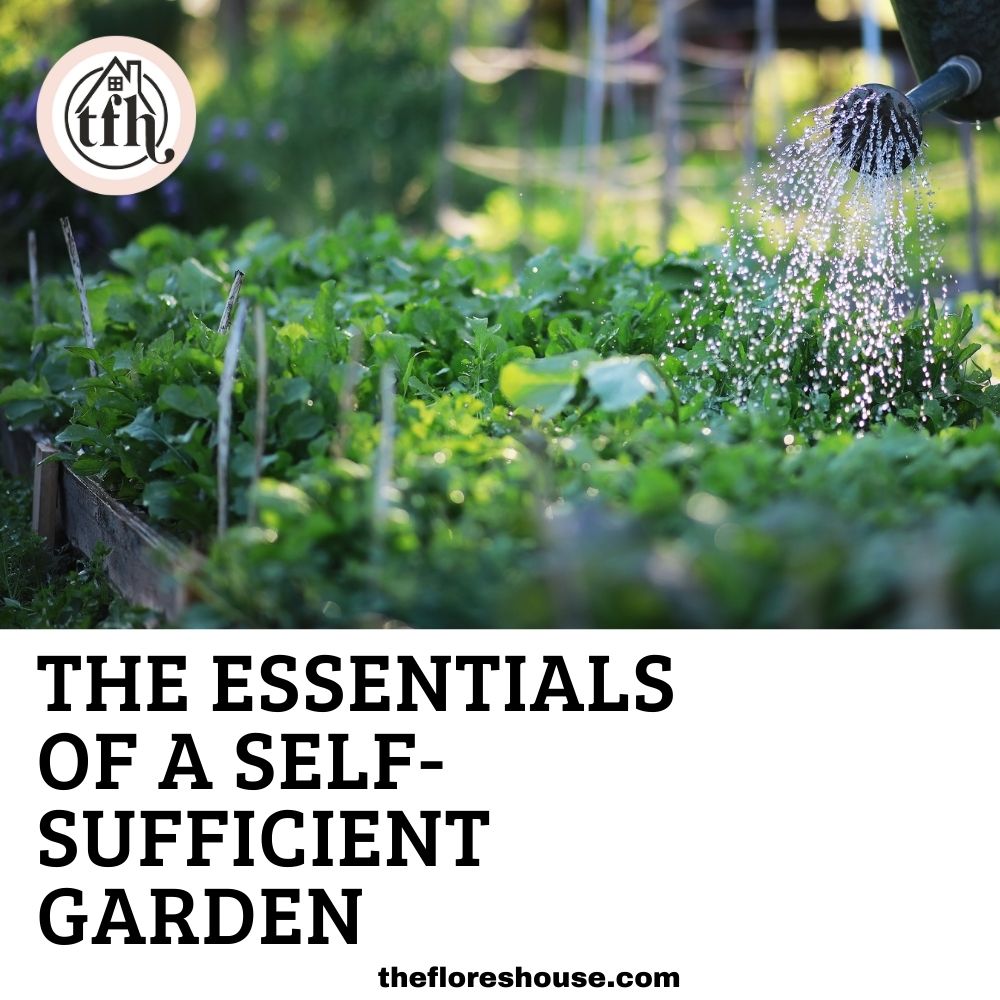
It is important to have year-round greens and herbs for cooking.
Traditionally, I recommend growing the most used herbs and seasonings, such as parsley, oregano, garlic, and onions, in mass plantings to dehydrate and process them into dried seasonings.
Plant greens in succession for salads, smoothies, stir-fries, and food for your animals.
This minimizes the need for conventionally grown greens like lettuce and kale.
Since homegrown have a much higher nutritional profile, why not use many varieties?
This post was all about supercharging your self-sufficiency with five essential garden components.

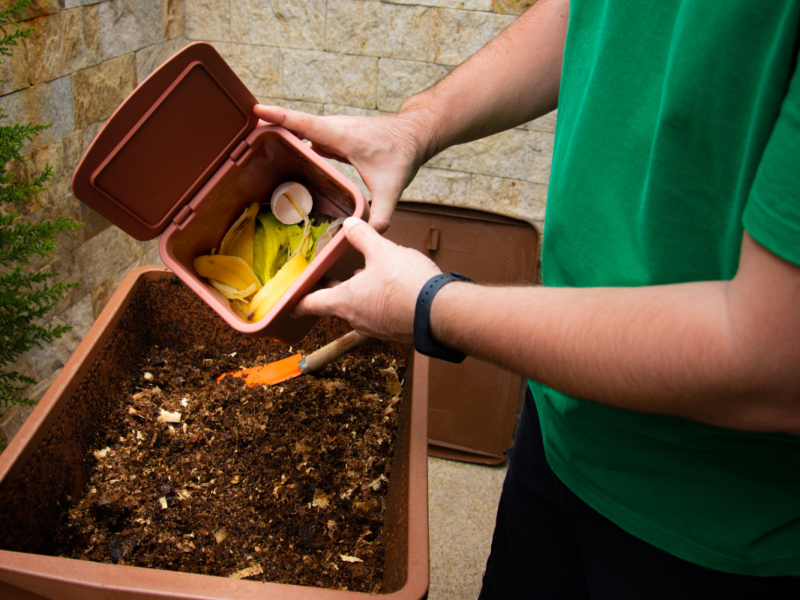
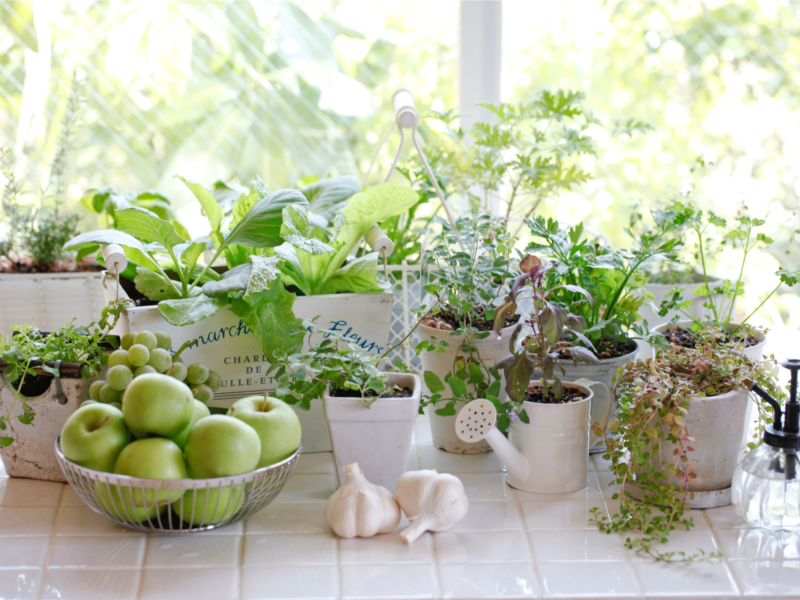
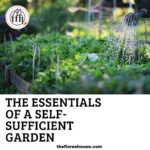
Hi! This is so important to us. Making small steps to become more sustainable. That’s why we started our garden and are continually adding and expanding our efforts. I follow you on IG, and came here from there. Love your site so far!
That’s wonderful! I hope we can inspire each other. Thanks so much! Every little effort counts, and gardening is so rewarding. I am learning more about permaculture methods every chance I get. I want to make the most of the land we have.